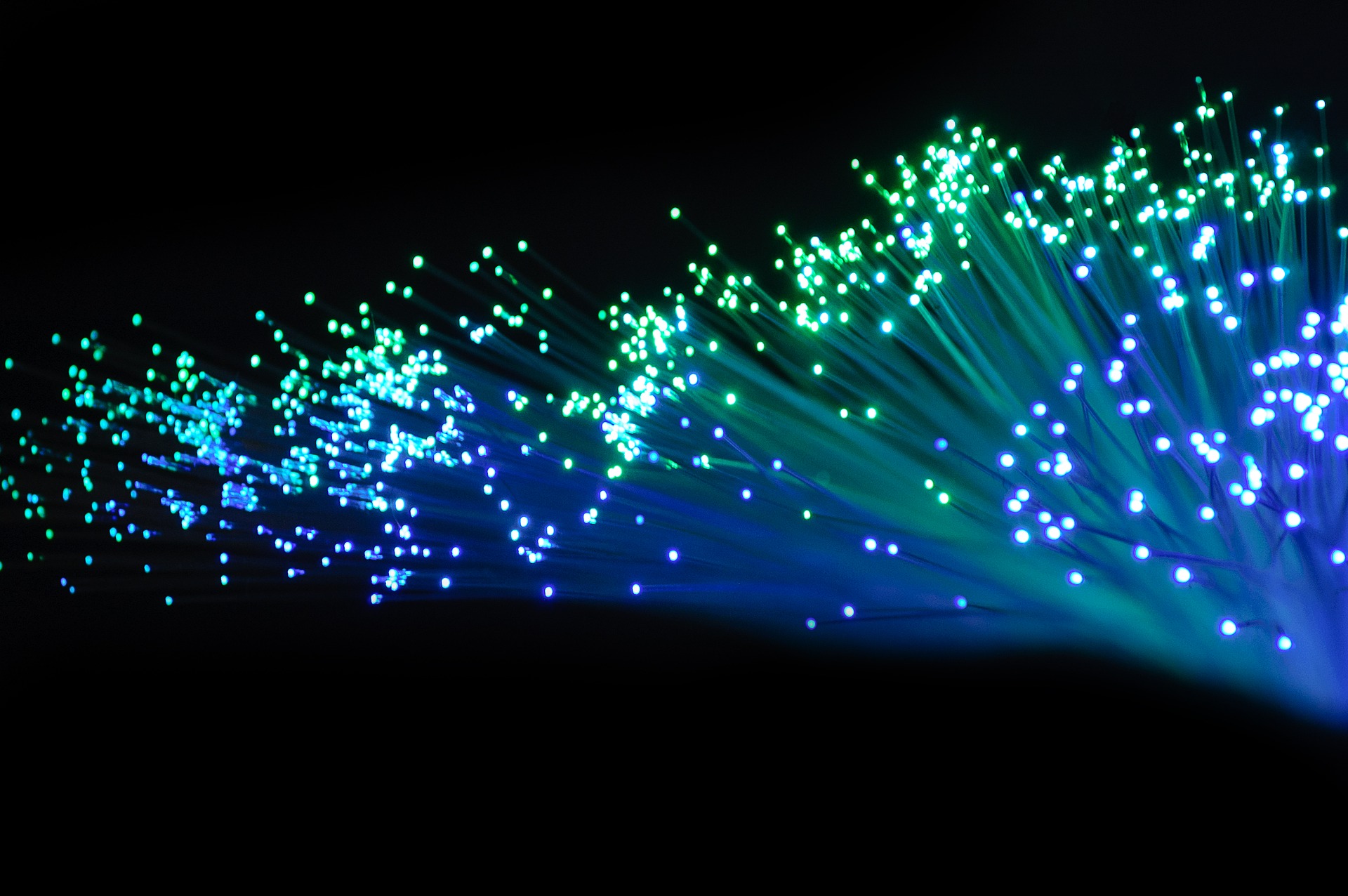28 March 2018
Leiden physicists have created a light source that emits individual particles in an identical state through optical fibers. Using this setup, their measurements can last longer and are more efficient, meaning they can perform more in-depth research on bizarre quantum effects, such as interference and entanglement. Publication on March 28th.
If you study a light beam well enough, you will see that it consists of light particles. These so-called photons don’t shoot out of a lamp neatly one by one, but emerge irregularly in packets. Scientists recently found out that you can actually get photons orderly in line with special single-photon light sources. These consist of so-called quantum dots. A group of Leiden physicists have now created a single-photon light source with photons that are identical in all their aspects, such as color and polarization. Moreover, they have fully coupled the device with optical fibers. This combination is unique and sets a milestone in quantum photonics.
Quantum networks
‘The advantage of optical fiber is that you only need to connect a set of cables,’ says Wolfgang Löffler. ‘And then you can just leave your experiment running for a month without having to re-align. Therefore, we can now focus on other parts of quantum optics experiments.’ Löffler refers for example to testing effects that are required for quantum networks. Together with Henk Snijders—first author of the publication—and Dirk Bouwmeester he sends photons through a small optical fiber network, to test quantum interference and entanglement. ‘Thanks to the ease of the optical fiber coupling, we will hopefully soon be able to entangle much more photons. There is still a lot of fascinating fundamental physics behind that.’
Precision
To develop the new optical fiber setup, the physicists had to fit a number of tiny parts precisely on top of each other. They produced individual photons using a quantum dot—an artificial atom of a few nanometers. This quantum dot is packed within a semiconductor, which in turn is integrated with an optical cavity. ‘After that, we had to stick an optical fiber on the semiconductor, with a precision of a few nanometers,’ Löffler explains. ‘And all this while the device is shrinking tens of micrometers because we cool it to four degrees above absolute zero.’
Publication
H. J. Snijders, J. A. Frey, J. Norman, V. P. Post, A. C. Gossard, J. E. Bowers, M. P. van Exter, W. Löffler, D. Bouwmeester, ‘A fiber coupled cavity QED source of identical single photons’, Physical Review Applied















